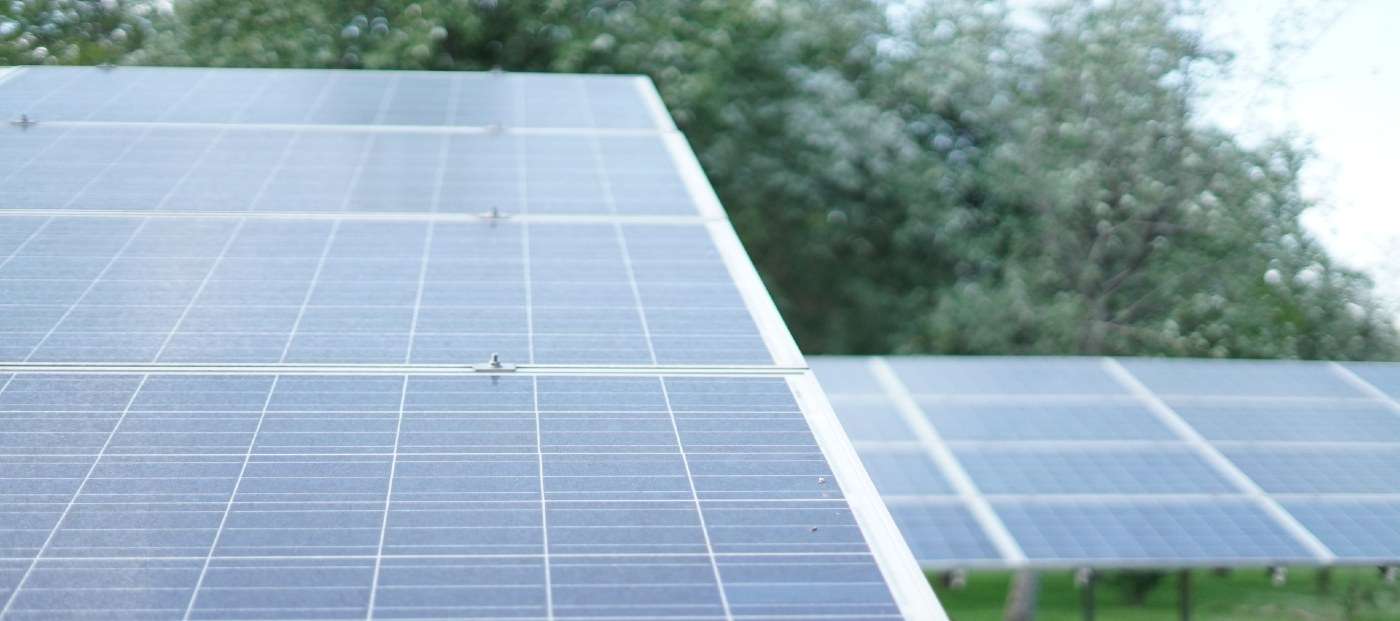Community Gives New Car to Maui Security Guard Who Rode His Bike to Stranger's Door to Return Lost Wallet
Hawaii security guard Aina Townsend cycled nearly an hour uphill to return a lost wallet to a mom. Now the community is buying him a car.

An Arkansas school district saved so much money from switching to solar power for their buildings, they were able to bump up their teachers' salaries and eliminate their budget deficits.
The Batesville School District in Arkansas switched to solar power in 2017 when—following an audit by an energy efficiency company called Entegrity—they discovered they were spending $600,000 a year on electricity between six school buildings, while simultaneously running a $250,000 budget deficit.
Batesville superintendent Michael Hester, who knew faculty pay was low, causing a quick staff turnover, took out a bond to help finance a switch from conventional electric power to renewable energy in the form of 1,400 PV solar panels.
In just three years, Hester's gamble turned the quarter-million dollar budget deficit into a $1.8 million surplus, which he used to raise teachers' pay and even the test scores of their district as a result of being able to hold on to quality teachers. The surrounding districts proceeded to follow Hester's example and install solar panels themselves.
Living near a coal-fired plant set to close in a decade, the administrators were worried what public opinion might be regarding the switch, but instead they found a sympathetic populace who understood, according to one report, that solar power represented the jobs of the future.
The Batesville School District in Arkansas switched to solar power in 2017 when—following an audit by an energy efficiency company called Entegrity—they discovered they were spending $600,000 a year on electricity between six school buildings, while simultaneously running a $250,000 budget deficit.
Batesville superintendent Michael Hester, who knew faculty pay was low, causing a quick staff turnover, took out a bond to help finance a switch from conventional electric power to renewable energy in the form of 1,400 PV solar panels.
In just three years, Hester's gamble turned the quarter-million dollar budget deficit into a $1.8 million surplus, which he used to raise teachers' pay and even the test scores of their district as a result of being able to hold on to quality teachers. The surrounding districts proceeded to follow Hester's example and install solar panels themselves.
Living near a coal-fired plant set to close in a decade, the administrators were worried what public opinion might be regarding the switch, but instead they found a sympathetic populace who understood, according to one report, that solar power represented the jobs of the future.
Batesville joins a number of other school districts nationwide who are switching to solar power. At the end of 2019 in the US, 5.3 million children attended schools powered by solar electricity.
LIGHT UP Your Friends' Social Media Feeds With the Good News…
Be the first to comment